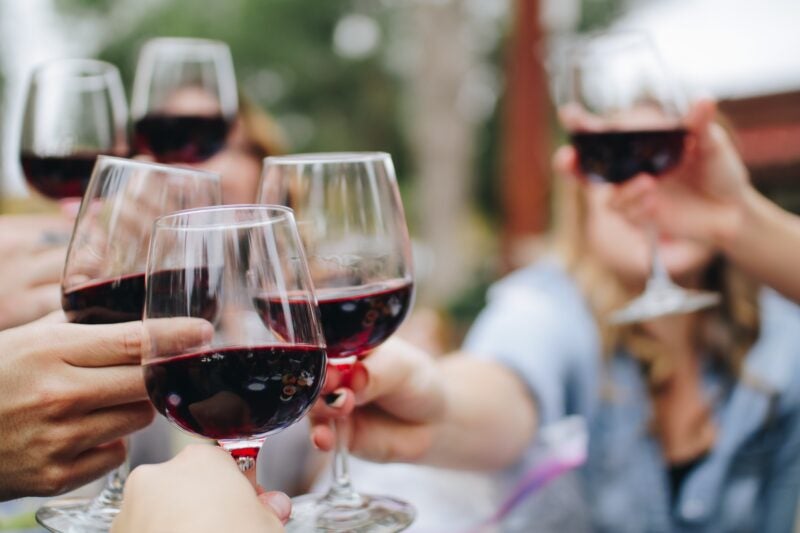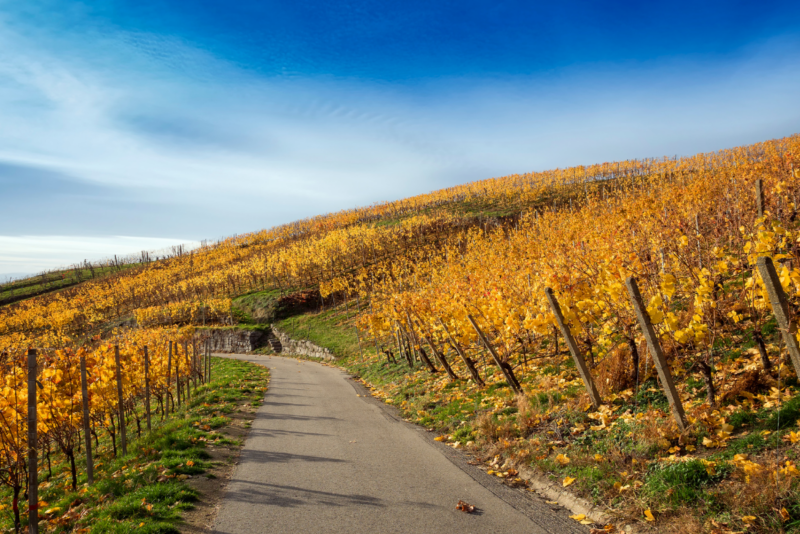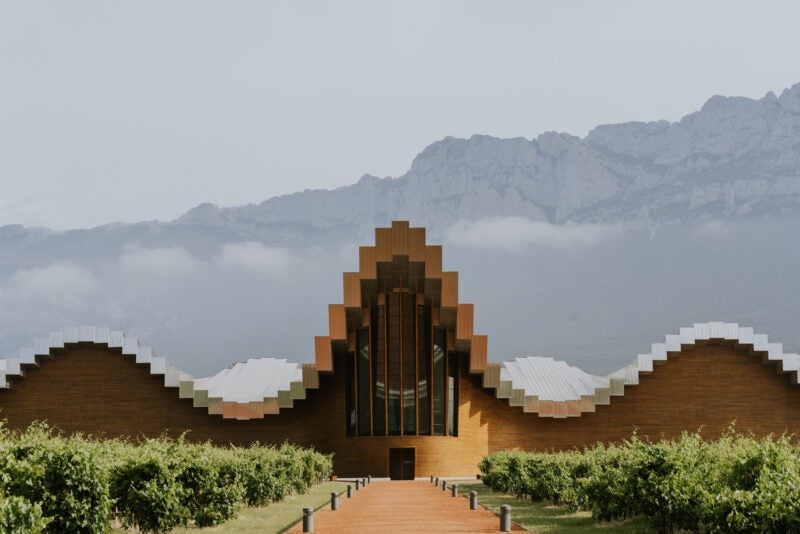Champagne is the name of the most northerly located wine region in France, lying approximately 150km north east of the French capital Paris. It is also the revered name granted to the sparkling wine produced in this region. With almost global recognition it is, without doubt, the most prestigious and iconic sparkling wine producing region in the world. While the annual harvest in the champagne region continues, let’s explore the region and it’s wines in more detail.
The region:
Champagne is conveniently located, which it’s success may be attributed to. Situated at the crossroads of France it is just over the border from Germany, Luxembourg and Belgium while being a 1hour 30min train ride from the centre of Paris. Epernay the viticultural centre is a quaint little village in the centre of the region while the more grandiose Reims is also worthwhile visiting, especially its gothic cathedral with stained glass windows depicting the different stages of champagne production.
The tradition of sparkling winemaking in Champagne dates to the XVIII century. The region consists of five main growing regions: the Montagne de Reims, the Vallée de la Marne, the Côte des Blancs, the Côte de Sézanne, and the Aube. Champagne is a complex region, but for those that live there and produce the iconic wine for which the region is known, sub regional differences contribute to the creation of a complete wine.
The varieties:
The majority of champagne is made from 3 specific grapes, two red: Pinot Noir and Pinot Meunier and one white – Chardonnay. Other varieties are also approved: Arbane, Petit Meslier, Pinot Blanc and Pinot Gris making 7 permitted grape in total but together these less important varieties account for less than 0.3% of plantings.In order to produce pink champagne, producers are permitted to blend white and red wine. It is the only wine region in France where such a rosé winemaking technique is allowed!
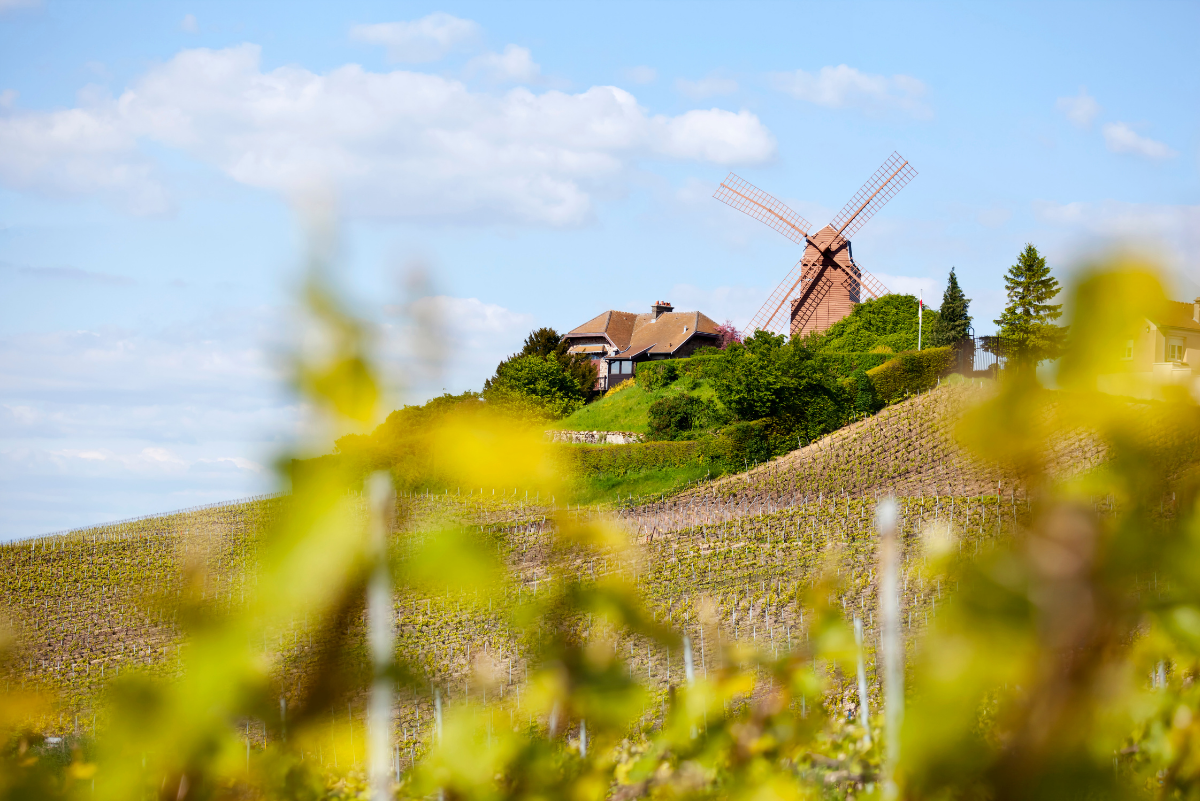
The production method:
Champagne is made using the ‘methode traditionelle’ method, formerly and famously known as the ‘methode champenoise’. In this method, bubbles are produced during a 2nd fermentation which happens in the same bottle in which the product is sold. The method adds weight, depth and structure alongside a savoury complexity derived from time resting on the lees in bottle. It is the most expensive method of sparkling wine production, in that it is both technical and labour intensive, henceforth the price of champagne remains high when compared with wine from other sparkling wine regions ie. Prosecco.
What style to expect:
When it comes to style most champagne produced these days is dry but that was not always the case. As recent as the XVIII century the majority of production was sweet in order to appease the sweet tooth of a sugar crazed Europe, where grapes provided a rare source of concentrated sugar. The first champagne house to move away from sweeter styles however was Perrier-Jouët, producing a notably dry wine for the UK market. Colloquially, the champagne was said to be so dry that it was almost ‘brute’ like, hence the name ‘brut’ for the dry category of champagne today. ‘Brut’ remains the most popular category and even dryer styles are being launched, such as the trendy ‘brut nature’ category.
An outline of the sweetness levels and their names is as below:
Brut Nature – Tastes very dry: 0-3g/L sugar
Extra Brut – Tastes dry: 0-6g/L sugar
Brut – Tastes dry with a rounded hint of sweetness: 0-12g/L sugar
Extra Sec – A noticeable hint of sweetness but still with balanced freshness: 12-17g/L sugar
Sec – Noticeably sweet, but still not quite dessert wine sweet: 17-32g/sugar
Demi-Sec – Fully sweet, bring on the cake! 32-50g/L sugar
Doux – Very sweet, a dessert in itself! 50+g/L sugar
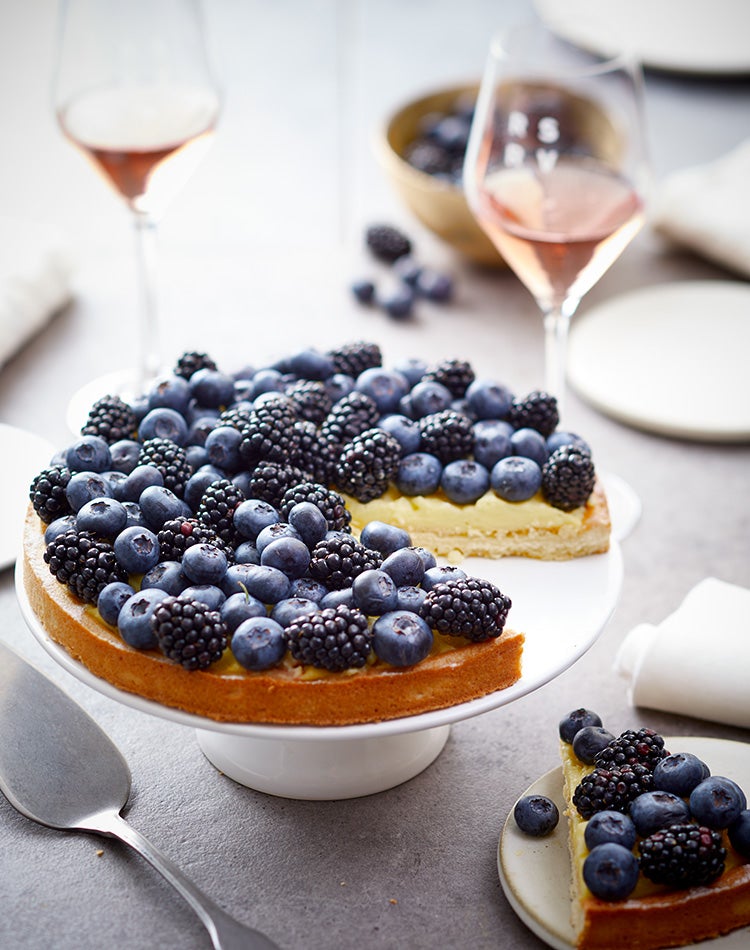
Champagne and Food
We all celebrate with Champagne: whenever good news is announced the popping of champagne corks follows but Champagne is often overlooked as the food friendly wine that it is! It goes perfectly well with white meat, fish and seafood in general. The fact that it sparkles makes it ideal to refresh our palate and it’s high acidity serves the function of cutting through richness with ease. Demi Sec champagnes are a perfect match for cheeses, desserts and even spicy Asian cuisine. Of course, champagne is perfect on its own, as an aperitif, but you already knew that. Cheers!
As the northern hemisphere weather begins to change and the leaves start to fall, the harvesters are hard at work bringing in grapes for future vintages. Let’s raise a glass to them and to all that contribute to the production of this historic fizz!


